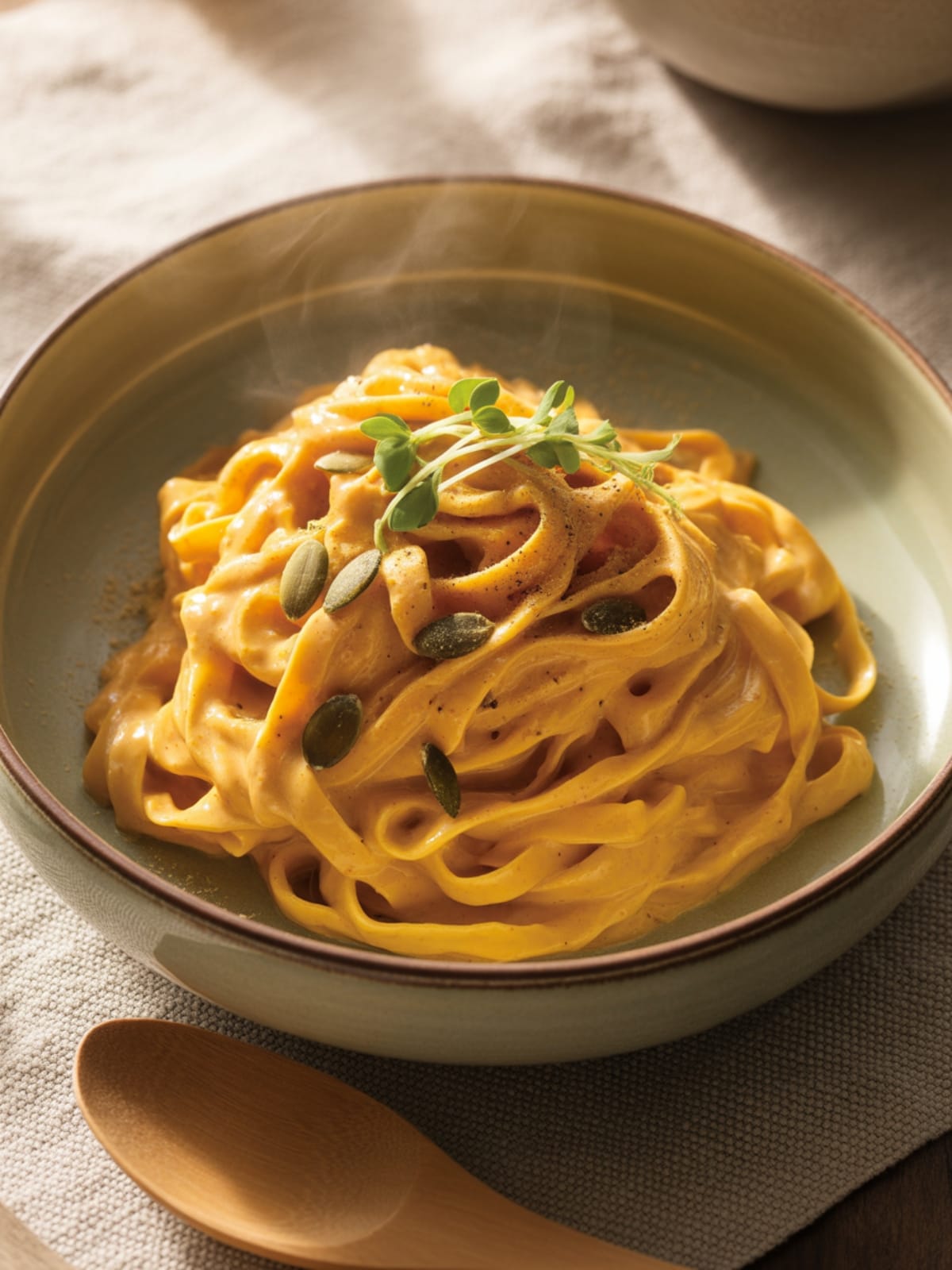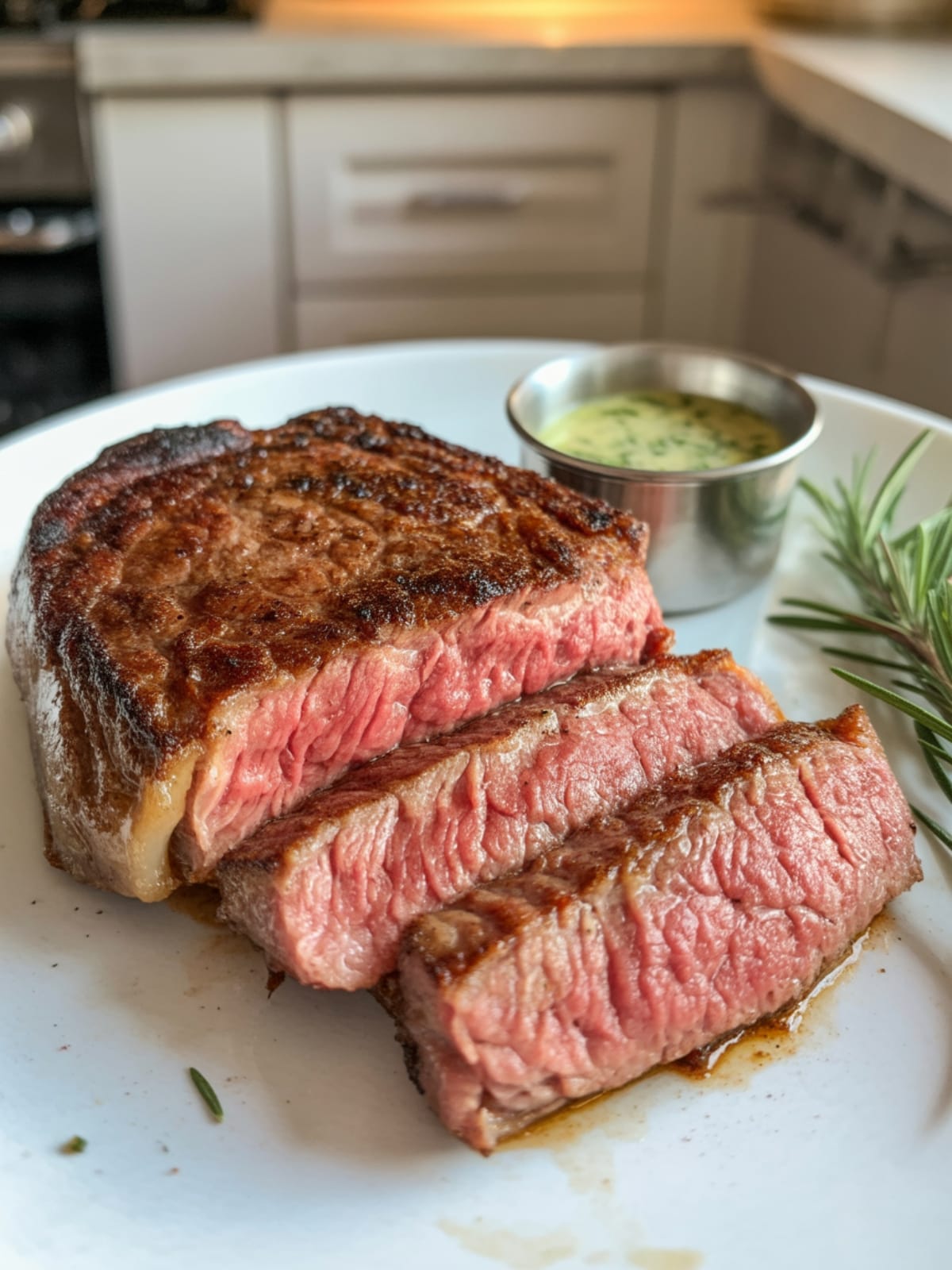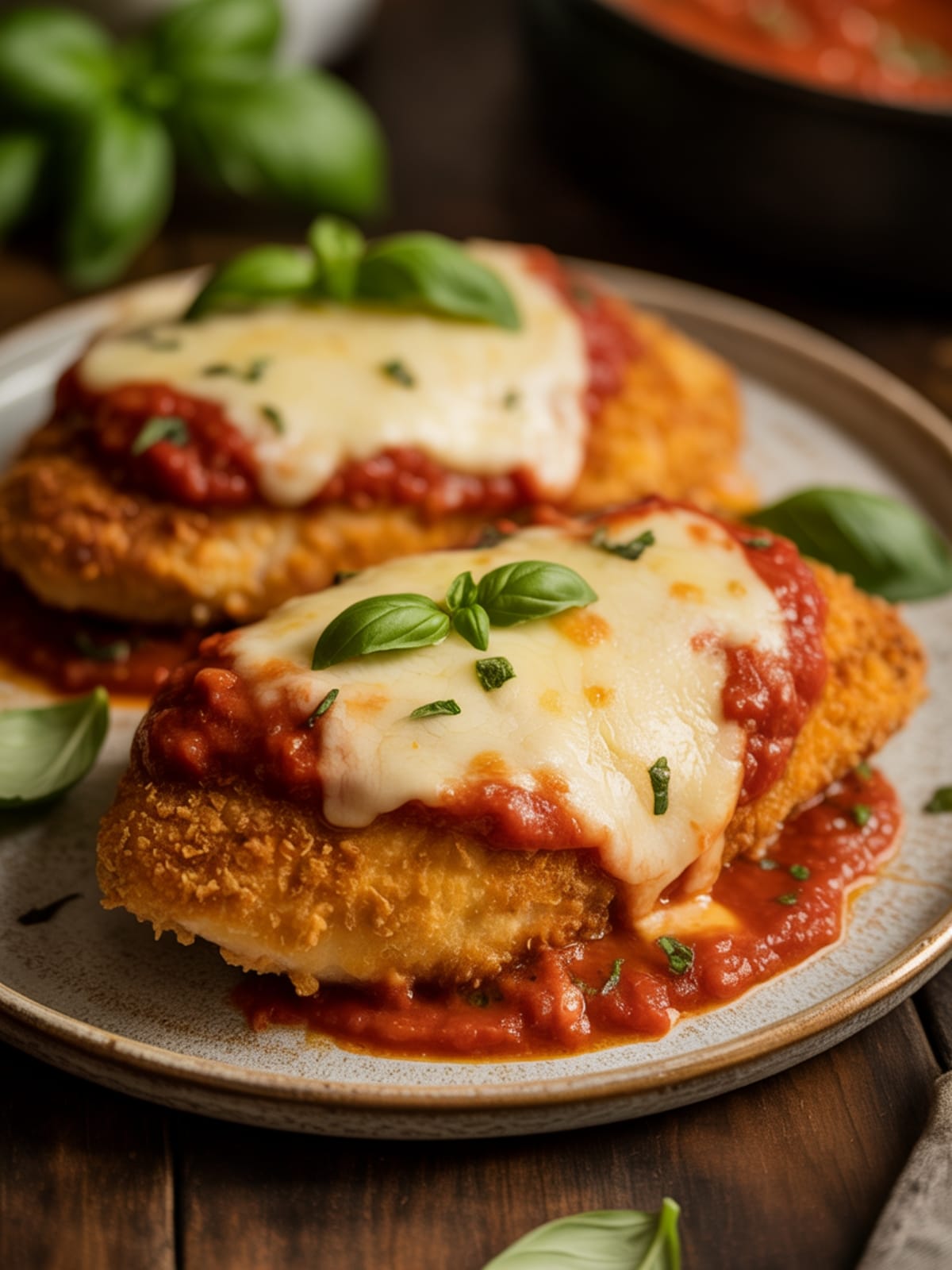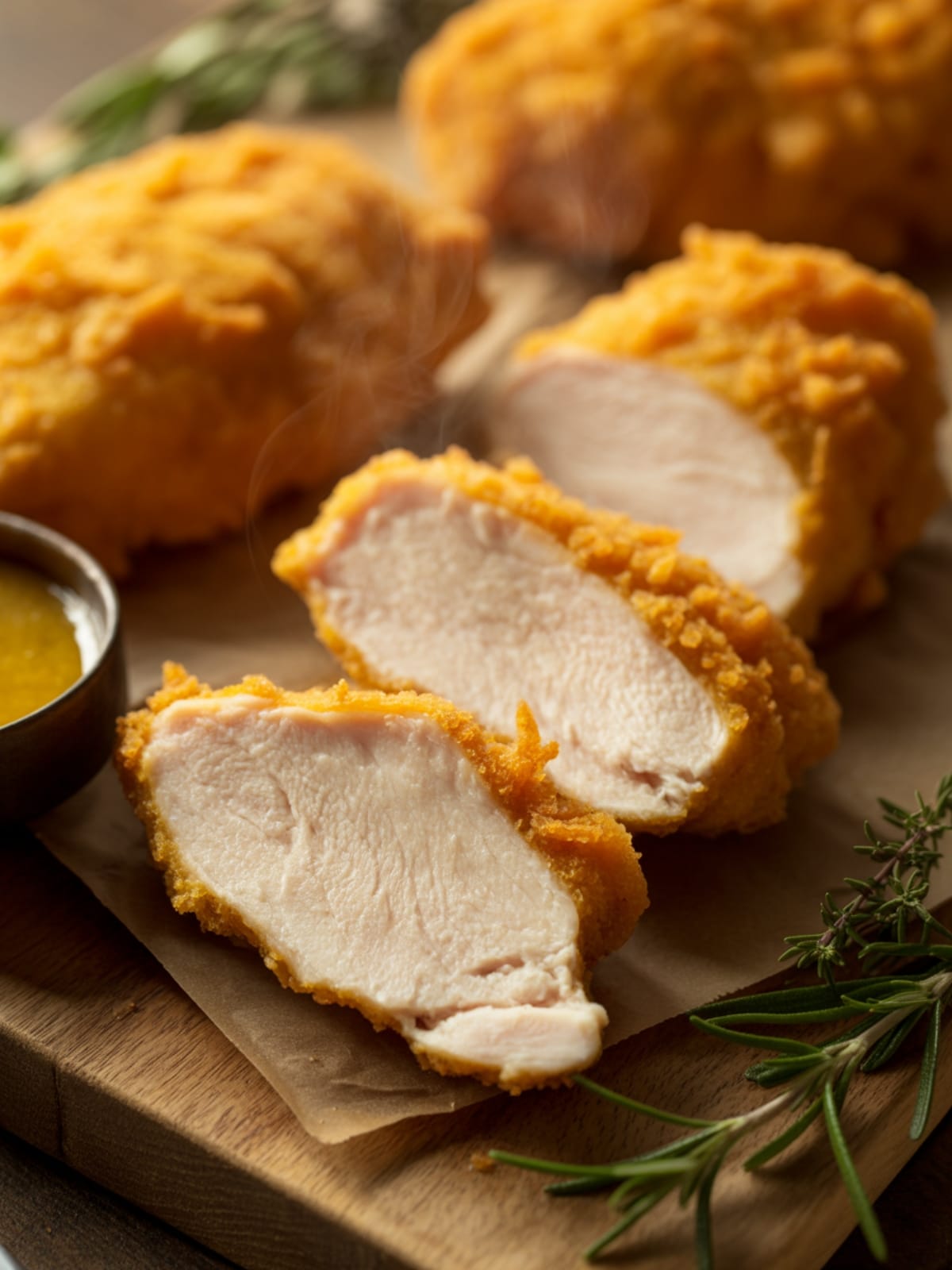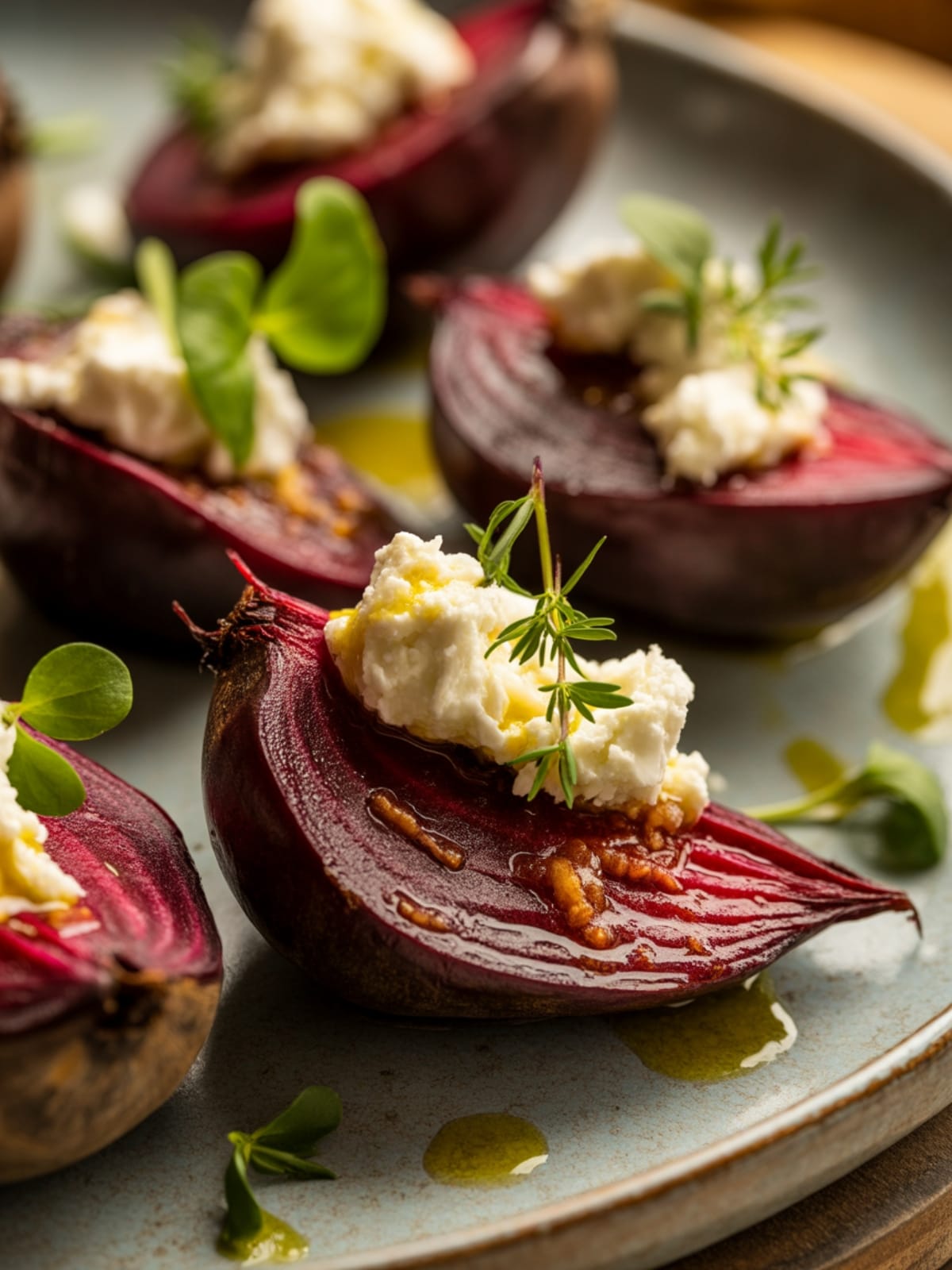The moment I discovered miso paste could transform an ordinary pumpkin pasta into something extraordinary was nothing short of culinary enlightenment. This Miso Pumpkin Pasta brings together the sweet earthiness of pumpkin with the deeply savory, umami-rich flavor of miso—creating a sauce that clings beautifully to pasta and leaves you wondering why you haven’t been cooking with this combination all along.
Why This Recipe is Awesome
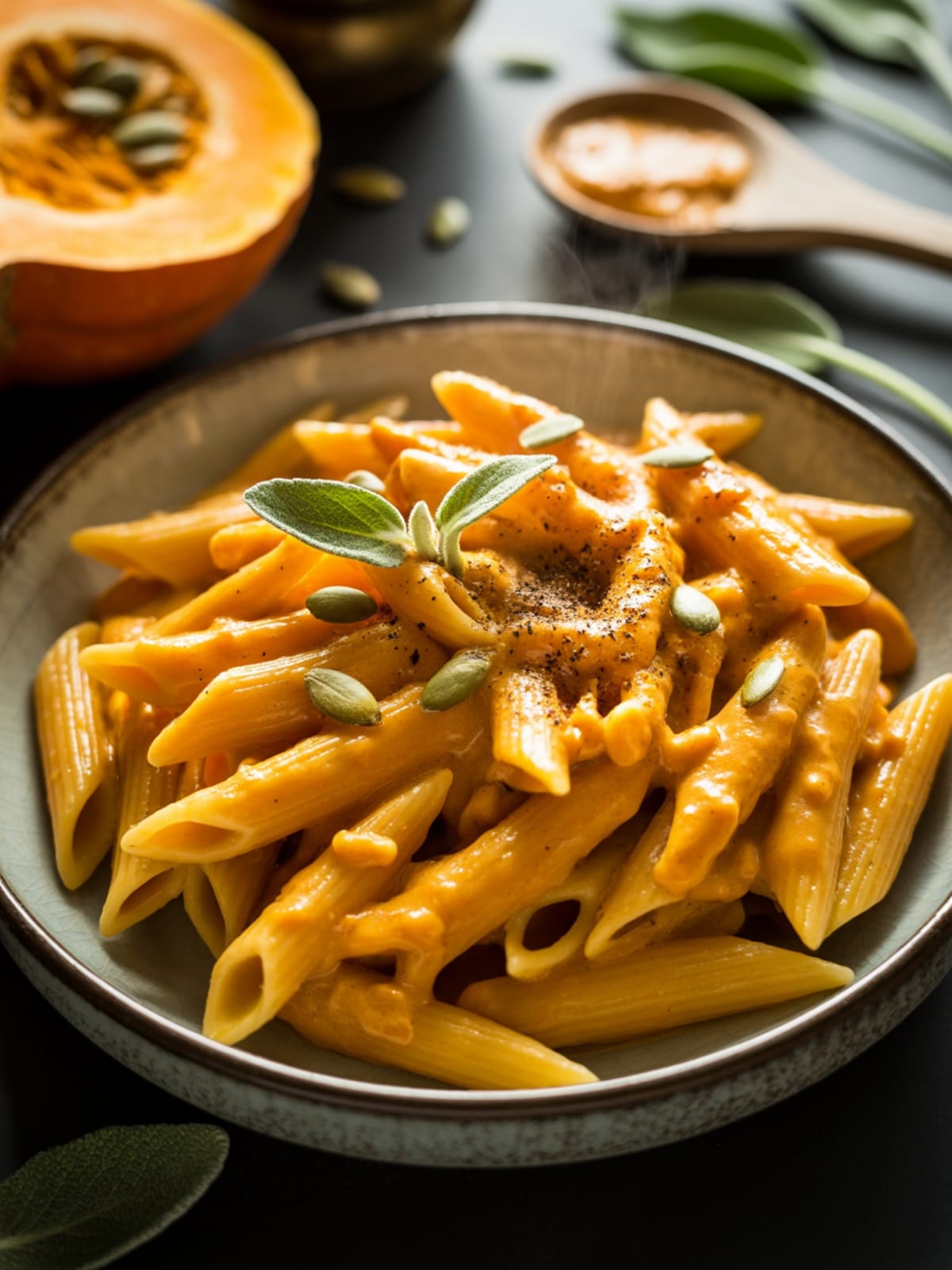
What makes this Miso Pumpkin Pasta truly spectacular is how it elevates simple ingredients into something restaurant-worthy with minimal effort. The miso paste works magic here—it doesn’t just add saltiness, but brings a complex fermented richness that perfectly balances the natural sweetness of pumpkin.
This pasta sauce comes together in about the same time it takes to boil your noodles, making it perfect for weeknights when you want something impressive without spending hours in the kitchen. The silky texture feels indulgent, yet it’s considerably lighter than cream-based sauces. I particularly love how this recipe introduces Eastern ingredients into a Western comfort food framework, creating a dish that feels both innovative and familiar.
It’s the kind of crossover cooking that makes everyday meals exciting again.
Equipment needed: Large pot, colander, large skillet or sauté pan, blender or food processor
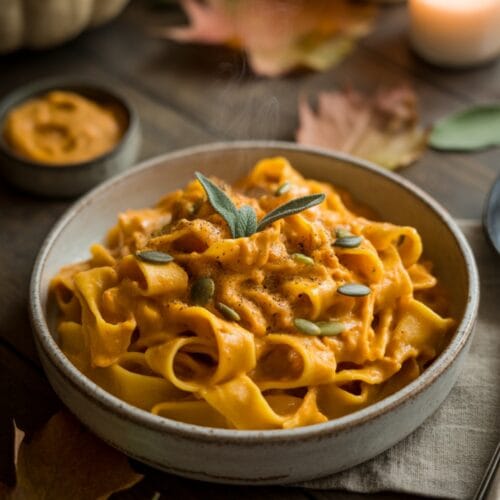
Miso Pumpkin Pasta
Ingredients
- 1 pound 450g pasta (fettuccine, linguine or bucatini work beautifully)
- 2 tablespoons olive oil
- 1 medium onion finely diced
- 3 cloves garlic minced
- 1½ cups pumpkin purée canned or fresh
- 2-3 tablespoons white miso paste shiro miso – milder flavor than red miso
- 1 cup vegetable or chicken broth
- ¼ cup heavy cream or coconut cream for dairy-free option
- 1 tablespoon maple syrup or honey
- ¼ teaspoon red pepper flakes optional, for heat
- 2 tablespoons butter optional, for richness
- ¼ cup toasted pine nuts or pumpkin seeds
- Fresh sage leaves chopped (about 5-6 leaves)
- Grated Parmesan cheese for serving optional
- Salt and freshly ground black pepper to taste
Instructions
- Bring a large pot of salted water to a boil and cook pasta according to package directions until al dente. Reserve 1 cup of pasta water before draining.
- Heat olive oil in a large skillet over medium heat. Add diced onion and sauté for 4-5 minutes until translucent and beginning to soften.
- Add minced garlic and cook for another 30-60 seconds until fragrant, being careful not to burn it.
- Reduce heat to medium-low and add the pumpkin purée, stirring to combine with the onion and garlic mixture.
- Dissolve the miso paste in the broth by whisking them together in a small bowl, then pour into the skillet. The miso can clump if added directly, so this extra step ensures a smooth sauce.
- Add cream, maple syrup, and red pepper flakes (if using). Stir to combine and let simmer gently for 5-7 minutes to meld flavors and thicken slightly.
- Transfer the mixture to a blender and purée until completely smooth, or use an immersion blender directly in the pan. Return to the skillet if you used a standard blender.
- Add butter if using and stir until melted and incorporated into the sauce. The butter adds a beautiful silkiness to the final texture.
- Add the drained pasta directly to the sauce and toss to coat thoroughly. If the sauce seems too thick, gradually add some of the reserved pasta water until you reach your desired consistency.
- Taste and adjust seasoning with salt and pepper. The miso is salty, so you may not need much additional salt.
- Serve immediately, topped with toasted pine nuts, chopped fresh sage, and a sprinkle of Parmesan cheese if desired.
Notes
- For the pumpkin purée, homemade will provide the best flavor—simply roast peeled, seeded pumpkin chunks until tender, then blend. However, canned pumpkin (not pumpkin pie filling) works perfectly for convenience.
- The sauce can be made up to 2 days ahead and refrigerated, just warm it gently before tossing with freshly cooked pasta.
- This sauce thickens as it cools, so be liberal with the pasta water when reheating leftovers.
- For a special touch, try frying whole sage leaves in butter until crisp to use as a garnish.
- The flavor improves if the sauce has time to rest, so don’t rush the simmering step.
Calories & Nutritional Info
- Calories: Approximately 460 calories per serving
- Protein: 12g per serving
- Carbohydrates: 65g per serving
- Fat: 18g per serving
- Fiber: 5g per serving
- Allergens: Contains wheat (pasta), soy (miso), dairy (if using cream, butter, Parmesan), and tree nuts (pine nuts)
- Dietary notes: Can be made dairy-free by substituting coconut cream and omitting butter/cheese
Common Mistakes to Avoid
- Not dissolving the miso properly – Always mix miso with liquid first to prevent clumps in your sauce.
- Overheating the miso – Boiling miso destroys its delicate flavors and probiotics. Add it after reducing the heat and simmer gently.
- Undersalting the pasta water – Properly seasoned pasta water (it should taste like sea water) is crucial for flavorful pasta.
- Overcooking the pasta – Always cook pasta until just al dente, as it will continue cooking slightly when tossed with the hot sauce.
- Adding too much liquid at once – When adjusting consistency, add pasta water gradually to avoid making the sauce too thin.
- Rushing the onion cooking process – Properly softened onions are key to the sauce’s flavor foundation; don’t try to speed up this step.
Alternatives & Substitutions
- Pasta options: Any pasta shape works, but ribbons or tubes hold the sauce best. Try whole wheat pasta for extra nutrition or gluten-free pasta if needed.
- Vegetable alternatives: Butternut squash, sweet potato, or kabocha squash can replace pumpkin with equally delicious results.
- Miso varieties: While white miso is recommended for its milder flavor, yellow miso will work well too. Red miso is more intense but can be used in smaller quantities if that’s what you have.
- Dairy-free version: Substitute coconut cream for heavy cream, olive oil for butter, and nutritional yeast or skip the Parmesan.
- Protein additions: For a more substantial meal, add grilled chicken, sautéed shrimp, or white beans.
- Herb variations: Fresh thyme or rosemary can replace sage if preferred.
- Nut alternatives: Walnuts or hazelnuts offer delicious alternatives to pine nuts.
FAQs
Can I make this recipe vegan?
Absolutely! Use coconut cream instead of heavy cream, olive oil instead of butter, and skip the Parmesan or use a vegan alternative. The miso actually provides a wonderful savory depth that helps you not miss the dairy.
What exactly is miso paste and where can I find it?
Miso is a fermented soybean paste central to Japanese cooking. It’s available in most supermarkets in the international or refrigerated sections. Asian grocery stores will have the best selection of varieties. Once opened, it keeps for months in the refrigerator.
Can I use canned pumpkin instead of fresh?
Yes! Just be sure to use pure pumpkin purée, not pumpkin pie filling (which contains spices and sweeteners). While fresh pumpkin has a more vibrant flavor, canned is convenient and works perfectly in this recipe.
How do I store leftovers?
Store leftover pasta in an airtight container in the refrigerator for up to 3 days. When reheating, add a splash of water or broth as the sauce will thicken considerably when cold.
Is there a way to make this ahead for a dinner party?
Make the sauce up to 2 days ahead and refrigerate. Cook the pasta just before serving, reheat the sauce gently on the stove, thin with a little pasta water if needed, then toss together and garnish fresh.
What can I serve with this pasta?
A simple arugula salad with lemon vinaigrette makes a perfect accompaniment. For a heartier meal, serve with garlic bread or roasted vegetables like Brussels sprouts or broccoli.
Final Thoughts
This Miso Pumpkin Pasta represents everything I love about modern home cooking—it’s a thoughtful fusion of traditions that creates something greater than the sum of its parts. The combination might sound unusual at first, but trust me, that first twirl around your fork will convince you this belongs in your regular rotation. It’s comfort food that manages to feel special, yet comes together easily enough for a Tuesday night. Give it a try, and I suspect you’ll find yourself reaching for that tub of miso paste far more often.
